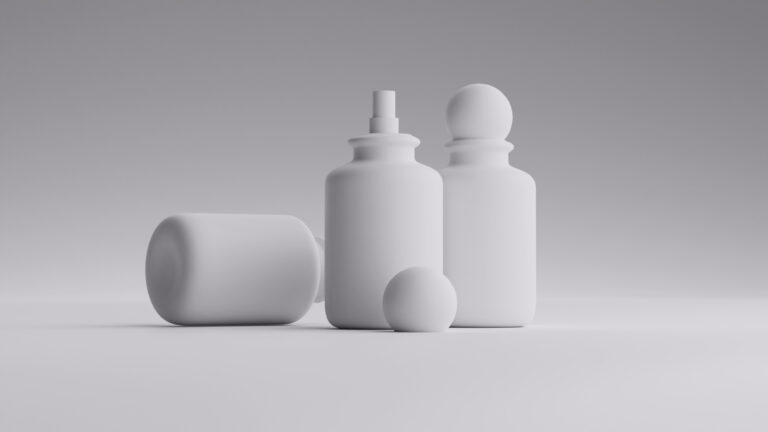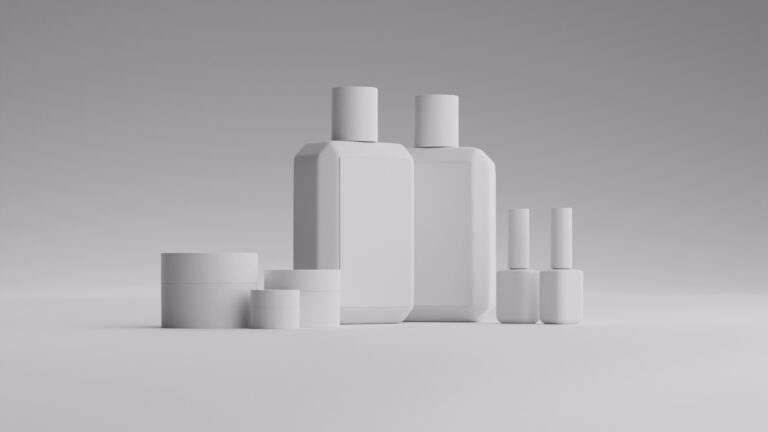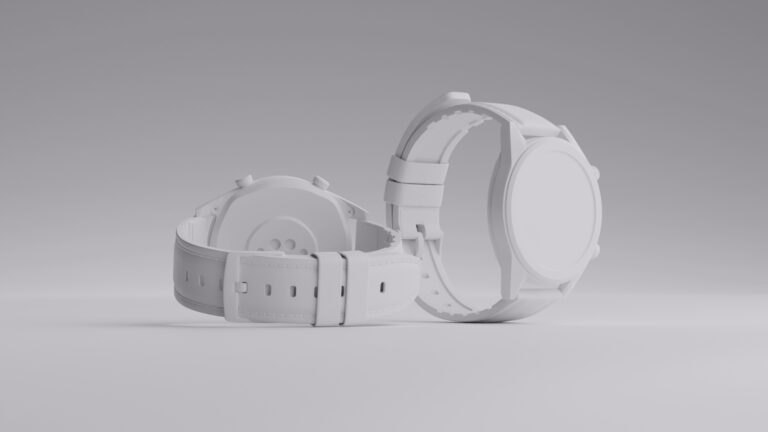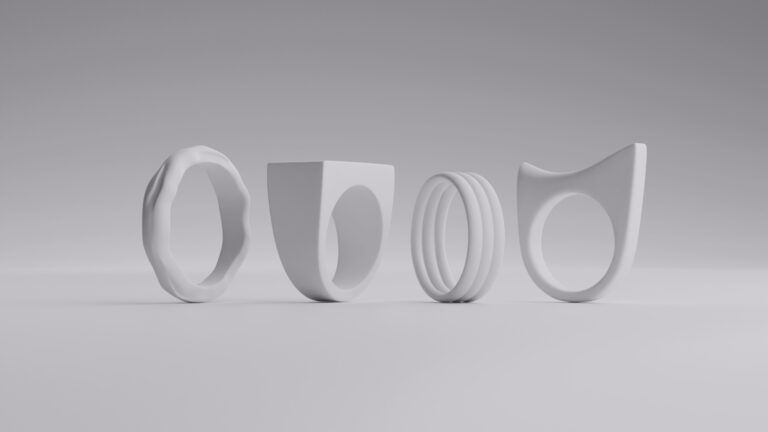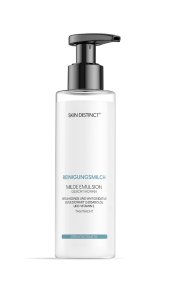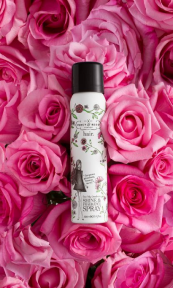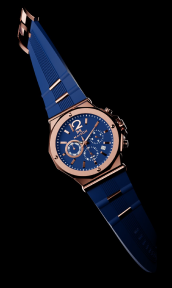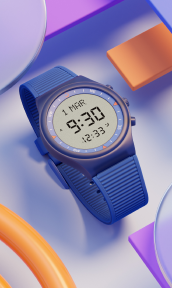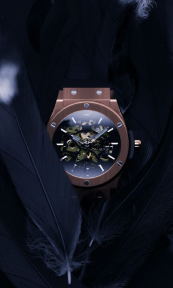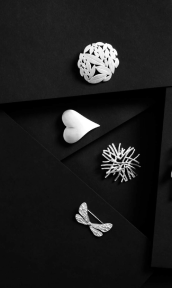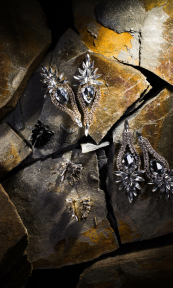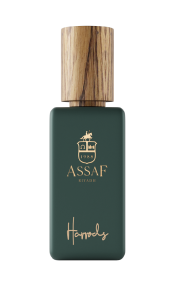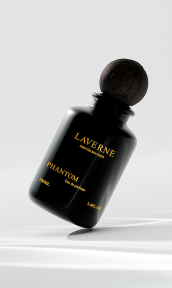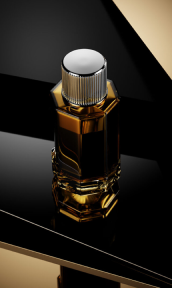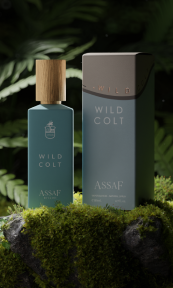The photography world has seen incredible advances in both camera tech and digital imaging, opening up exciting new possibilities for showcasing products online. Nailing that perfect shot – the one that brings out every detail, texture, and special feature of your product – can transform your e-commerce presence. And while fancy camera bodies get a lot of attention, here’s a secret: it’s actually your choice of lens that makes the magic happen.
Ask any seasoned product photographer or successful e-commerce owner and they’ll tell you – picking the right lens is a game-changer for creating those scroll-stopping product images that convert browsers into buyers. Whether you’re capturing the sparkle of fine jewelry with a macro lens or showing off larger items with a versatile zoom, today’s market has exactly what you need, no matter your photography style or budget.
Why the right lens matters

The lens you choose can make or break your product photography workflow. Modern product photography demands exceptional clarity, accurate color reproduction, and the ability to highlight even the smallest details that make your products stand out in the digital marketplace.
High-quality lenses with superior optical elements significantly reduce common issues like chromatic aberration and distortion. Take the Canon RF 100mm f/2.8L Macro IS USM, which employs specialized lens coatings and advanced optical designs to deliver images with exceptional sharpness and minimal color fringing. This level of clarity is essential when photographing products with intricate details or reflective surfaces.
The right lens also provides the versatility needed for different product types and shooting scenarios. A 24-70mm zoom lens, for instance, allows you to quickly switch between wide shots of larger products and tighter compositions without changing lenses. The Sony FE 24-70mm f/2.8 GM II exemplifies this versatility, offering consistent image quality throughout its zoom range and maintaining excellent edge-to-edge sharpness.
Professional-grade lenses also feature superior build quality and weather sealing, ensuring reliability during long product photography sessions. The Nikon Z MC 105mm f/2.8 VR S, for example, incorporates robust weather sealing and a durable construction that withstands intensive use in studio environments. This reliability translates to consistent output and fewer interruptions during crucial photo shoots.
Top lenses for product photography

The landscape of product photography lenses has seen significant innovations in 2025, with manufacturers pushing the boundaries of optical excellence and versatility. Here’s a curated selection of the most impressive options available today.
Canon RF 100mm f/2.8L Macro IS USM
Macro lenses remain the cornerstone of product photography, and the Canon RF 100mm f/2.8L Macro IS USM leads the pack. Its groundbreaking SA (Spherical Aberration) control ring allows photographers to adjust the character of background blur and create distinctive looks for different products. The lens achieves 1.4x magnification, surpassing the traditional 1:1 ratio, enabling extraordinary detail capture in small items like jewelry or electronic components. The built-in Image Stabilization system provides up to 5 stops of shake correction, making handheld product shooting more feasible than ever. Additionally, its Dual Nano USM motors ensure silent and lightning-fast autofocus, crucial for maintaining efficient workflow in professional settings.
Sony FE 24-70mm f/2.8 GM II
For versatility across different product sizes, the Sony FE 24-70mm f/2.8 GM II stands out with its exceptional edge-to-edge sharpness and improved minimum focusing distance. The lens incorporates Sony’s latest XA (extreme aspherical) elements, effectively eliminating distortion and maintaining consistent image quality throughout the zoom range. Its relatively compact size and lightweight design make it ideal for both studio and location shoots. The lens features an advanced Nano AR Coating II that effectively suppresses flare and ghosting, particularly beneficial when photographing reflective products. The inclusion of four XD Linear Motors delivers fast and precise autofocus tracking, while the customizable focus hold button adds an extra layer of control during critical shoots.
Sigma 70mm f/2.8 DG Macro Art
Budget-conscious photographers will find excellent value in the Sigma 70mm f/2.8 DG Macro Art lens. Despite its lower price point, it delivers outstanding image quality with minimal distortion and impressive sharpness. The lens features specialized low-dispersion elements that effectively control chromatic aberration, crucial for accurate color reproduction in product photography. Its updated optical design includes two FLD glass elements and two SLD glass elements, ensuring exceptional clarity and contrast even in challenging lighting conditions. The lens’s sturdy brass bayonet mount and weather-sealing ensure reliability during extended studio sessions, while its compact form factor makes it an excellent choice for photographers working in smaller studio spaces.
Laowa 24mm f/14 2x Macro Probe
For specialized product shots requiring unique perspectives, the Laowa 24mm f/14 2x Macro Probe lens offers unprecedented creative possibilities. Its innovative design allows photographers to capture products from unusual angles and distances, creating distinctive visual content that stands out in crowded marketplaces. The waterproof front barrel enables unique liquid photography applications, perfect for beverage and cosmetic products. The built-in LED ring light at the lens tip provides crucial illumination in tight spaces, while the lengthy barrel allows for creative compositions without casting shadows on the subject.
Nikon Z MC 50mm f/2.8
The Nikon Z MC 50mm f/2.8 represents a perfect middle ground for product photographers who need both standard and macro capabilities. Its versatile focal length makes it ideal for a wide range of product sizes, while the 1:1 macro capability ensures no detail goes uncaptured. The lens features a specialized ARNEO coating that virtually eliminates internal reflections, crucial for maintaining contrast when photographing highly reflective products. The stepping motor ensures completely silent autofocus operation, particularly valuable during video content creation, while the programmable control ring can be customized for instant access to critical settings like aperture or exposure compensation.
Fujifilm GF 120mm f/4 R LM OIS WR Macro
The Fujifilm GF 120mm f/4 R LM OIS WR Macro stands out as a premium option for medium format shooters. This lens combines exceptional resolving power with beautiful bokeh characteristics, making it perfect for high-end product photography where maximum detail is paramount. Its advanced optical design includes three ED elements and one Super ED element, delivering unprecedented clarity and color accuracy. The lens’s sophisticated image stabilization system provides up to 5 stops of correction, crucial for achieving sharp images at slower shutter speeds. The weather-sealed construction and linear motor ensure reliable performance in demanding studio environments, while the nine-blade aperture creates smooth, circular bokeh that enhances product presentation.
Practical lens selection tips

Selecting the ideal lens for your product photography needs requires careful consideration of several key factors that directly impact your final images. Understanding these elements will help you make an informed decision that aligns with your specific requirements.
The type of products you typically photograph should heavily influence your lens choice. For small items like jewelry or watches, a dedicated macro lens with at least 1:1 magnification ratio is essential. The Nikon Z MC 105mm f/2.8 VR S excels in this category, offering exceptional detail reproduction and minimal focus breathing, which is crucial for focus stacking applications.
Consider your working environment and shooting conditions carefully. Studio photographers often benefit from fixed focal length lenses that offer superior optical quality and faster apertures. The Zeiss Milvus 100mm f/2M ZF.2 provides exceptional image quality and robust construction suitable for intensive studio use. Its manual focus design allows for precise control over focus points, essential for critical product photography.
Your camera system’s sensor size plays a crucial role in lens selection. Full-frame cameras benefit from lenses like the Sony FE 90mm f/2.8 Macro G OSS, which provides edge-to-edge sharpness across the entire sensor. For crop-sensor cameras, consider lenses like the Fujifilm XF 80mm f/2.8 R LM OIS WR Macro, which is specifically designed for APS-C sensors and delivers excellent image quality.
The CGI advantage

The evolution of product photography now intersects with cutting-edge CGI technology, offering compelling alternatives to traditional lens-based photography. Computer-generated imagery has revolutionized the way brands showcase their products, providing unprecedented control and flexibility.
CGI eliminates many traditional photography constraints, such as physical product availability and complex lighting setups. With tools like Blender and 3ds Max, artists can create photorealistic product renders that rival traditional photography. These renders can be adjusted and modified instantly, allowing for rapid iterations without the need for additional photo shoots.
The cost-effectiveness of CGI becomes particularly apparent when dealing with multiple product variations. Instead of photographing each color variant or model separately, CGI artists can quickly generate different versions from a single 3D model. This efficiency extends to environmental impact, as it eliminates the need for physical product transportation and reduces studio energy consumption.
Wrapping up
Choosing the right lens for product photography comes down to understanding your specific needs and workflow. While a versatile zoom lens might be perfect for varied product sizes, a macro lens could be essential for capturing fine details. Consider your typical subjects, working space, and budget when making your decision.
Remember that great product photos come from a combination of the right equipment and proper technique. Start with a quality lens that matches your most common shooting scenarios, and expand your collection as your needs grow. Whether you choose high-end professional glass or a budget-friendly option, focus on mastering your tools to create images that make your products shine and drive sales.
FAQ
What focal length is best for product photography?
For most product photography, focal lengths between 50mm and 100mm work well. Macro lenses around 100mm are particularly popular as they provide a comfortable working distance and excellent detail reproduction.
Do I need a macro lens for product photography?
While not absolutely necessary for larger products, a macro lens is essential for small items like jewelry, electronics, or any products where fine detail is crucial. Macro lenses allow for 1:1 magnification or greater, enabling you to capture intricate details accurately.
How important is aperture in product photography lenses?
Aperture plays a crucial role in product photography. While fast apertures (f/2.8 or wider) are nice to have, most product shots are taken between f/8 and f/16 to ensure adequate depth of field and maximum sharpness.
Can I use a kit lens for product photography?
While kit lenses can work for basic product photos, they often lack the sharpness, contrast, and macro capabilities of dedicated product photography lenses. Professional-grade lenses will provide superior image quality and more creative control.
What’s the best budget lens for product photography?
The Sigma 70mm f/2.8 DG Macro Art lens offers excellent value for budget-conscious photographers. It provides sharp images, good macro capabilities, and professional-level build quality at a more accessible price point.


